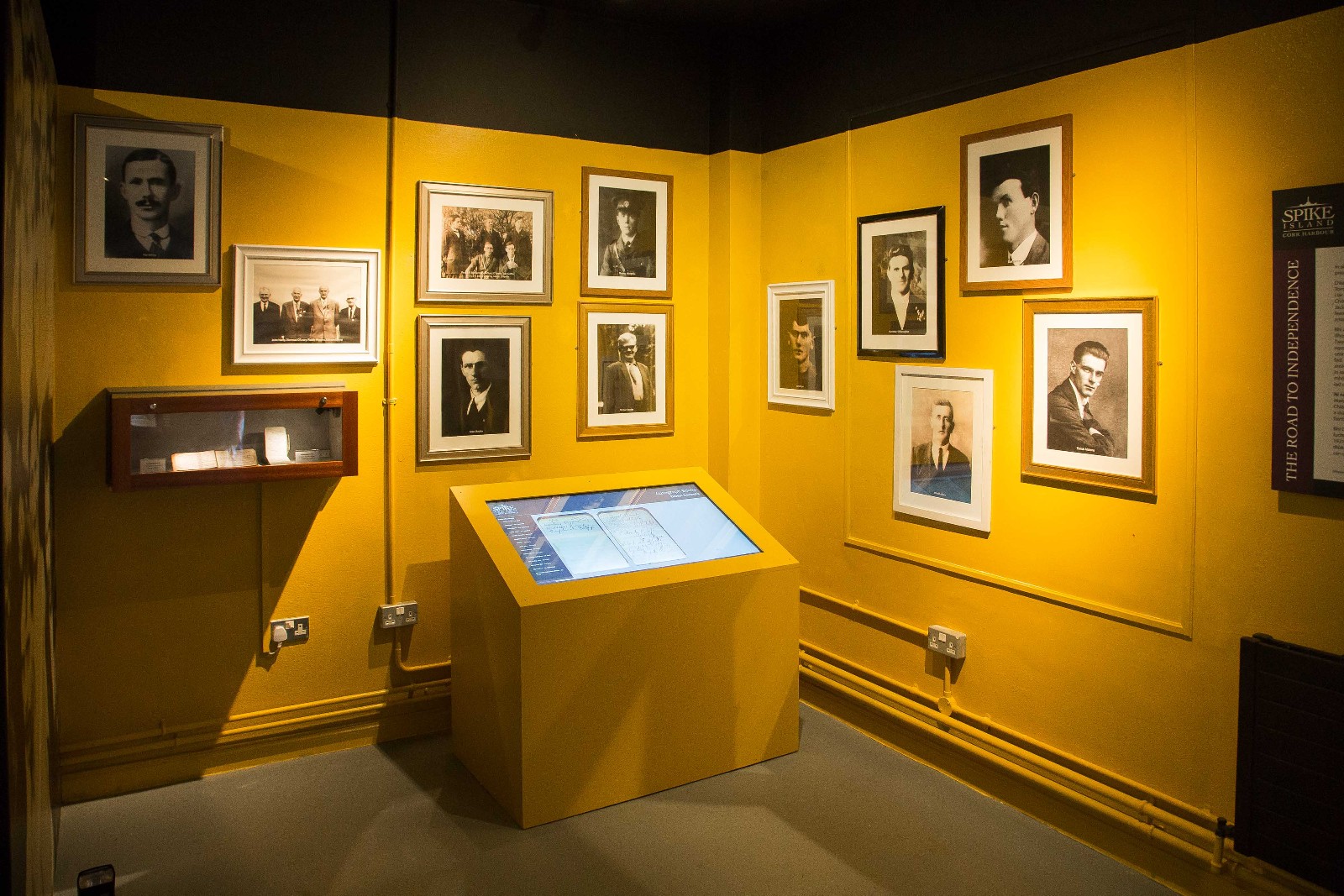 After 700 years of British occupation and many failed uprisings, Ireland began its successful path to freedom in 1912. Home rule was to be granted to Ireland, seen by many as the first step to Independence, but it was opposed by a Protestant majority in Northern Ireland. The threat of civil war was very real until the outbreak of World War I in 1914 put all plans on hold. While many Irishmen fought on the British side, others saw English distraction as a chance to fight for Irish freedom, and so a rising was planned in 1916. It was to fail, and many of its leaders were put to death, but their sacrifice turned many Irish people against the British government and its seemingly brutal tactics. Home rule was no longer enough, it was freedom or nothing.
After 700 years of British occupation and many failed uprisings, Ireland began its successful path to freedom in 1912. Home rule was to be granted to Ireland, seen by many as the first step to Independence, but it was opposed by a Protestant majority in Northern Ireland. The threat of civil war was very real until the outbreak of World War I in 1914 put all plans on hold. While many Irishmen fought on the British side, others saw English distraction as a chance to fight for Irish freedom, and so a rising was planned in 1916. It was to fail, and many of its leaders were put to death, but their sacrifice turned many Irish people against the British government and its seemingly brutal tactics. Home rule was no longer enough, it was freedom or nothing.
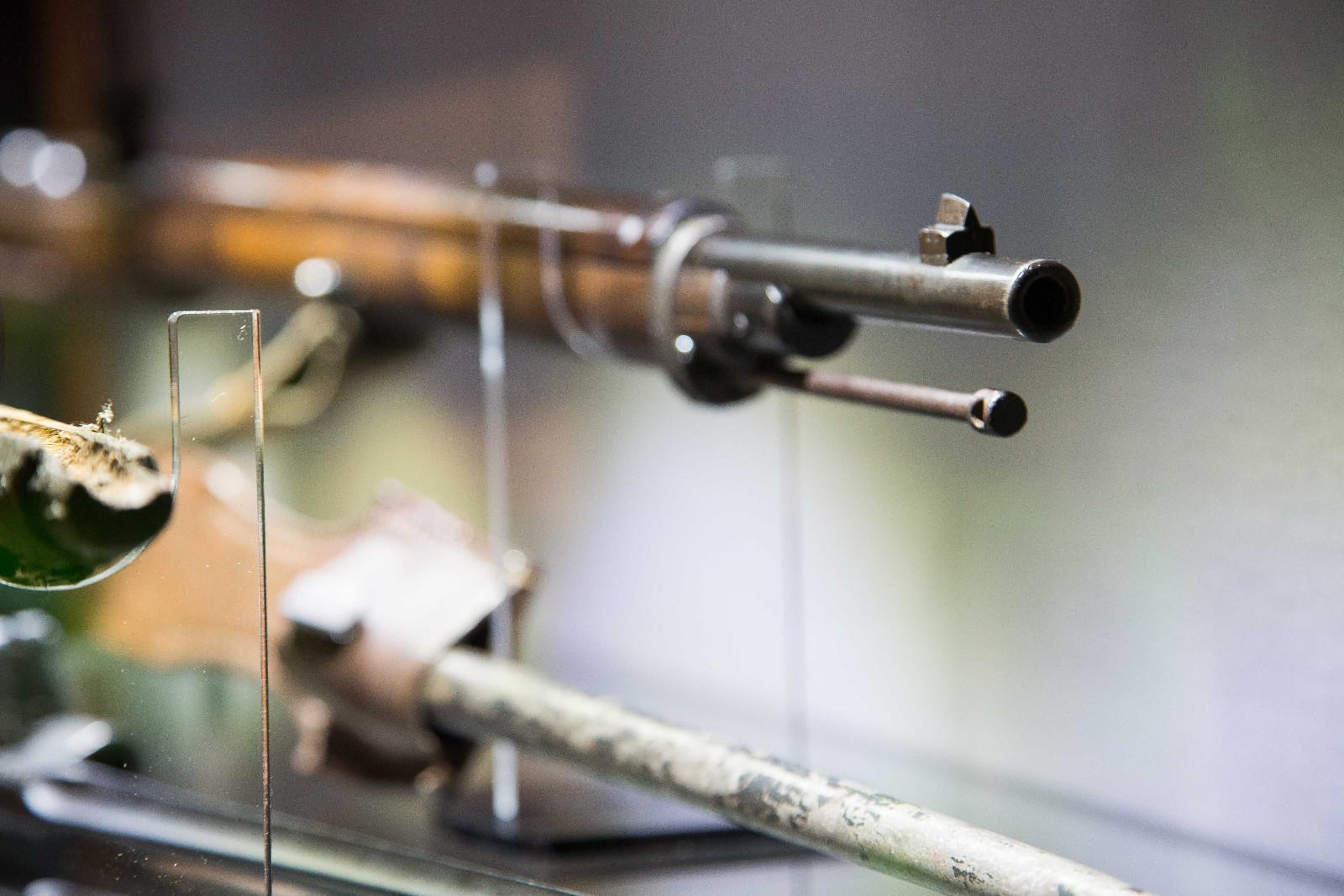 In 1919, the Irish War of Independence broke out, and it was a bloody, brutal affair. The massively outnumbered Irish forces took on the British army using hit-and-run tactics, avoiding the type of head-on, large-scale movements that cost many lives in 1916. The war dragged on for 2 years with many casualties, and eventually Britain was forced into talks that led to the signing of the Anglo-Irish treaty. Ireland was to have many of its demands met, and an Irish Free State was seen by many as a huge step towards independence. The treaty was accepted by the government and the Irish people in popular votes, but sadly, many were violently opposed to the treaty, and a bloody civil war was eventually won by the pro-treaty side. Ireland formally left the Commonwealth and became a Republic in 1949.
In 1919, the Irish War of Independence broke out, and it was a bloody, brutal affair. The massively outnumbered Irish forces took on the British army using hit-and-run tactics, avoiding the type of head-on, large-scale movements that cost many lives in 1916. The war dragged on for 2 years with many casualties, and eventually Britain was forced into talks that led to the signing of the Anglo-Irish treaty. Ireland was to have many of its demands met, and an Irish Free State was seen by many as a huge step towards independence. The treaty was accepted by the government and the Irish people in popular votes, but sadly, many were violently opposed to the treaty, and a bloody civil war was eventually won by the pro-treaty side. Ireland formally left the Commonwealth and became a Republic in 1949.
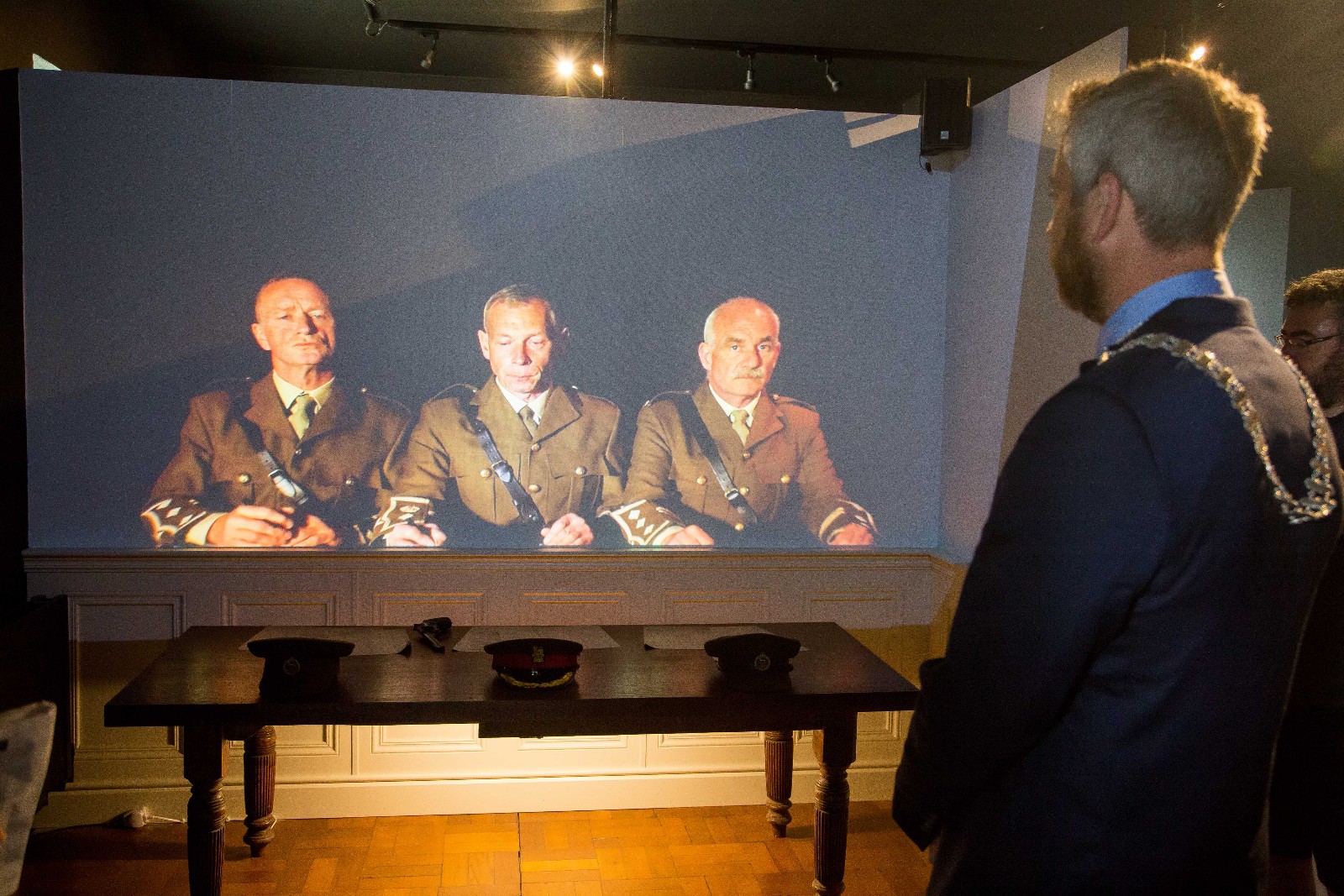 The ‘Independence exhibition on Spike Island tells of this journey to Irish freedom from 1914 to 1938 through the eyes of Spike Island. With the outbreak of the war in Europe, Spike Island was used as a training base, with men digging trenches on the island to train for the front. The 1916 Easter Rising was to impact the island when the crew of the gun-running ship ‘The Aud’ were held here after the ship was captured by the British and brought to Cork Harbour, but her Captain scuttled the ship.
The ‘Independence exhibition on Spike Island tells of this journey to Irish freedom from 1914 to 1938 through the eyes of Spike Island. With the outbreak of the war in Europe, Spike Island was used as a training base, with men digging trenches on the island to train for the front. The 1916 Easter Rising was to impact the island when the crew of the gun-running ship ‘The Aud’ were held here after the ship was captured by the British and brought to Cork Harbour, but her Captain scuttled the ship.
In 1921 the island was to hold 1400 Irish War of Independence prisoners in a huge internment camp. Many of the men were simply lifted off the streets and imprisoned without a fair trial, although the British intelligence was very good and mostly accurate. The men would spend their time crafting iron and woodwork and writing songs and poems that are now on display in the exhibition.
 There were hunger strikes, riots and even a prisoner shooting. When the war ended and Ireland became a free state, part of the terms of the treaty were that Britain would hold on to Spike Island and the other Cork harbour forts as part of 3 locations seen as vital to the defence. So a British garrison remained here until 1938 when Eamon DeValera successfully negotiated the return of the island. On July 11th 1938, the Irish Tri-colour was hoisted over the island for the first time, with DeValera himself here to see it raised with many of his cabinet.
There were hunger strikes, riots and even a prisoner shooting. When the war ended and Ireland became a free state, part of the terms of the treaty were that Britain would hold on to Spike Island and the other Cork harbour forts as part of 3 locations seen as vital to the defence. So a British garrison remained here until 1938 when Eamon DeValera successfully negotiated the return of the island. On July 11th 1938, the Irish Tri-colour was hoisted over the island for the first time, with DeValera himself here to see it raised with many of his cabinet.
This high-quality exhibition lets you journey from 1914, when the island was used for training for the front, to 1916, and see original artefacts from the gunrunning ship the Aud. The effect of 1916 rising is discussed and the outbreak of the War of Independence, and how life was for the 1400 men held here in 1921. You can see their original diaries and craftwork and even stand trial in front of a British military court as one of 12 characters, and discover your fate.
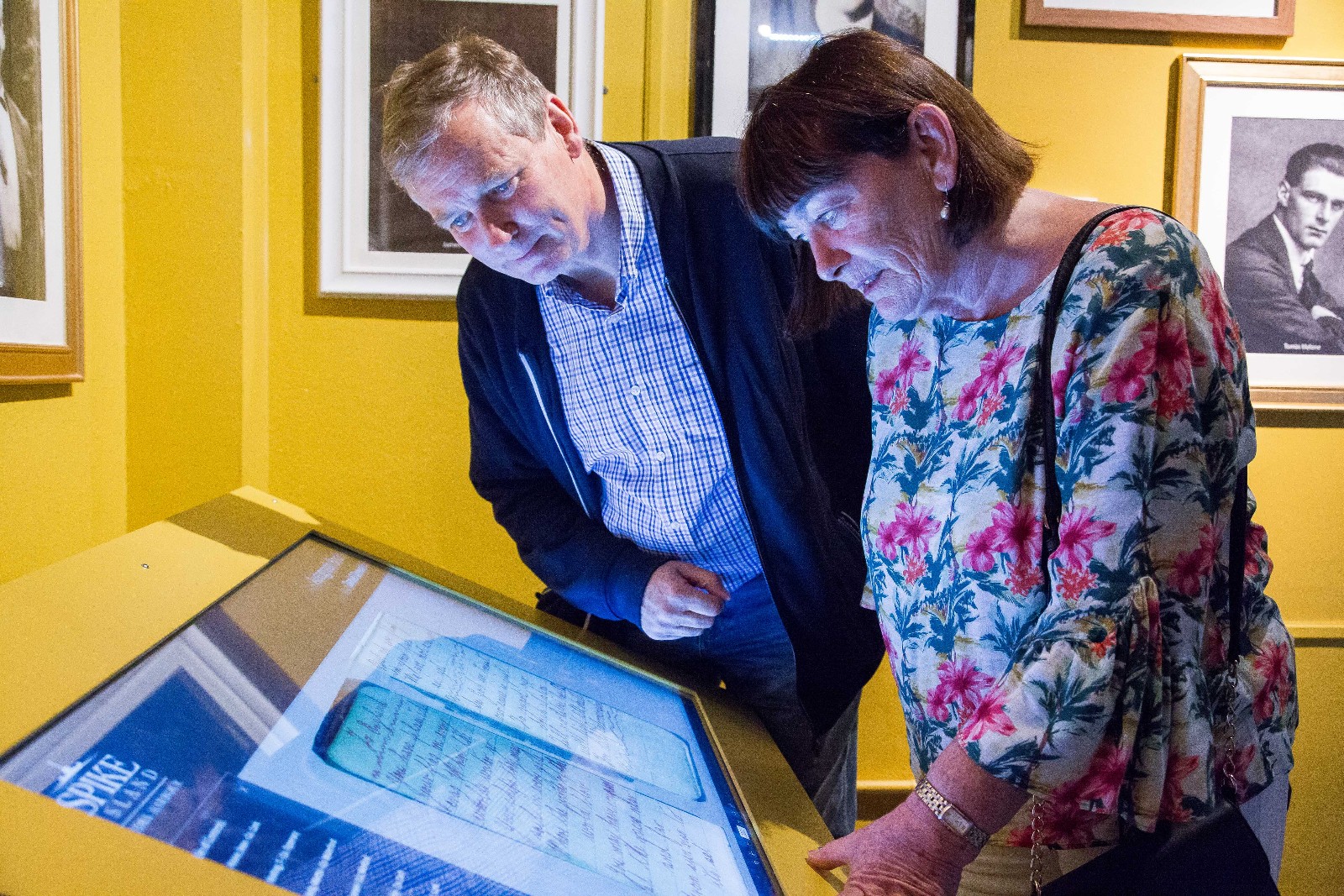
The exhibition ends in 1938 with original footage of the handover from Britain to Ireland, an important day in Irish history. Visitors will also find a separate genealogy room, which allows you to search the information available on the 1400 men held here in 1921. You can find trial dates, sentences and photos, and the names can be searched by name, town, county and more. This area also has rooms dedicated to the Irish Defence Forces, which were formed after Independence and occupied the fort from 1938 to 1985, with army, navy and air corps installations. Discover our history, your story, in this stirring audio-visual immersive experience, which will be significantly extended for the centenary year of 2021.
